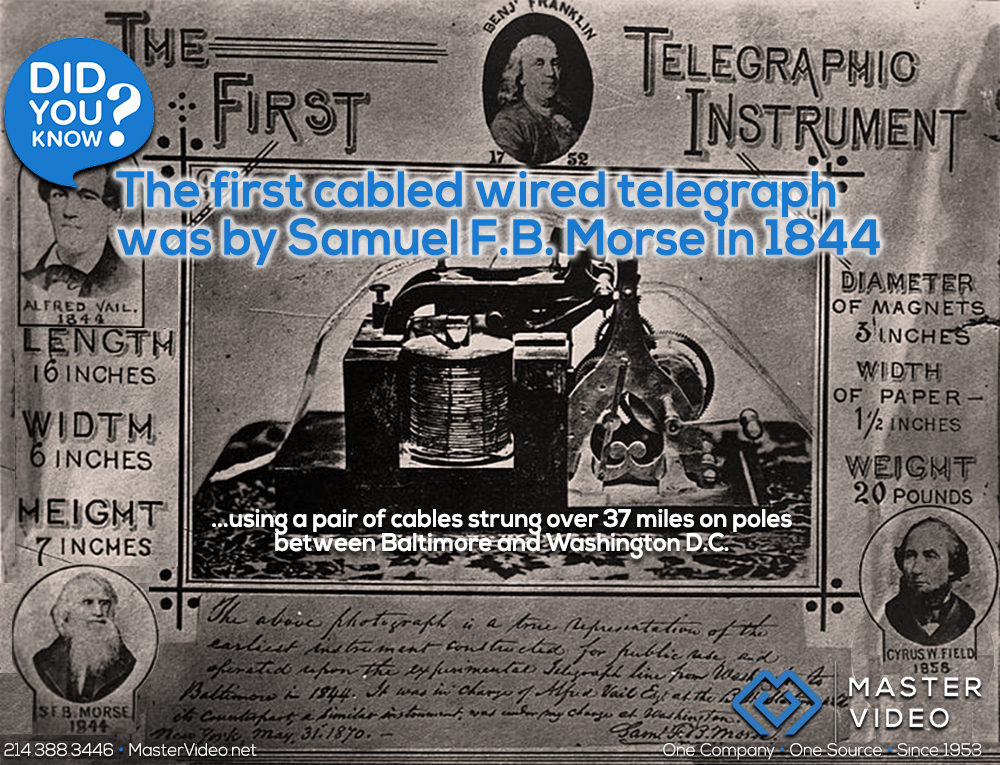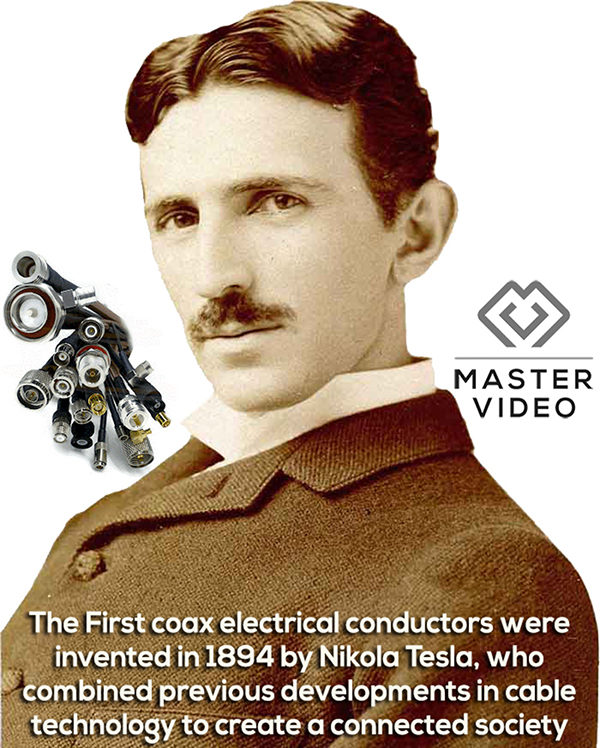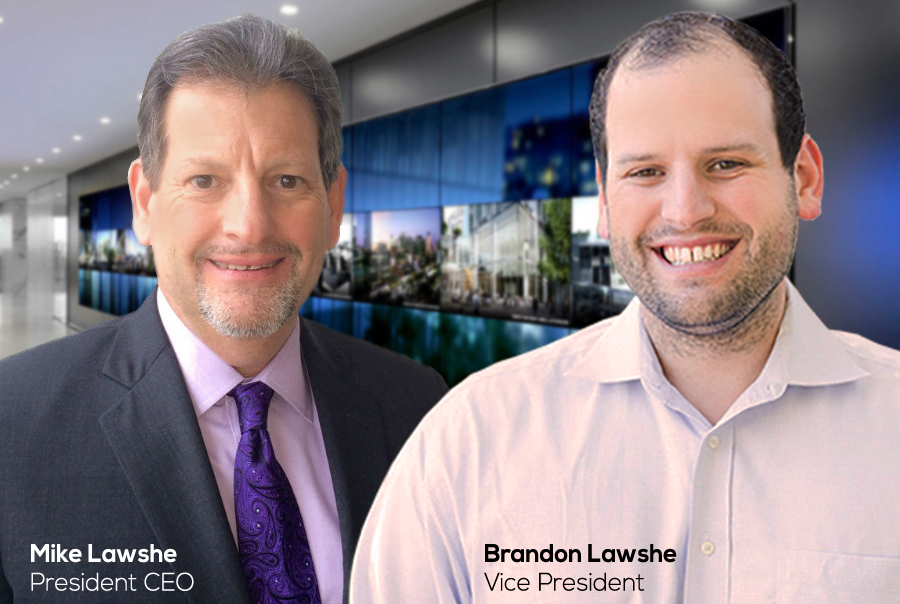• DYK - The first cabled wired telegraph was by Samuel F.B. Morse in 1844, using a pair of cables strung over 37 miles on poles between Baltimore and Washington, D.C.
Why Cable Distribution?
Did You Know; The story of Structured Cable Distribution started as early as 1844, when Samuel Morse (Morse Code) sent a message 37 miles from Washington D.C. to Baltimore, using his invention, 'The Telegraph,' a point-to-point text messaging system over dedicated cable lines. Today's computer network cabling principles remain basically the same, with speeds and feeds ever-increasing over time.
Stretching back over 100 years, the origins of coax cables begin towards the end of the 19th century and have served as the backbone of communications technology for many decades… from radios to telephones, televisions to computers, coax cable has seen continued use even as the technology has evolved.
A Brief History of Cable Distribution:
• 1840s: The first Telegraph message sent 37 miles by Samuel Morse in 1844.
• 1850s: The first Transatlantic telegraph cables were laid underwater in 1858.
• 1880s: The first coaxial cable was patented by English mathematician, Oliver Heaviside in 1880.
• 1890s: The first electrical coaxial conductor was patented by Nikola Tesla in 1894.
• 1920s: The first modern coaxial cable patented by AT&T's Bell Telephone Laboratories in 1929.
• 1930s: The first televised cable transmission was the XI Olympic Games in Berlin in 1936.
• 1940s: The first commercial cable was by AT&T, between Minnesota and Wisconsin in 1941.
• 1980s: The first commercially available IEEE 10Base5 (CAT1) Ethernet cable was released in 1983.
• 1990s: The first “fast Ethernet” 1 Gbps fiber optic cables were released in 1995.
• 2000s: The first CAT5 twisted-pair cables reach 10 Gbps.
• 2010s: The first CAT6 Ethernet cables speeds up to 25 Gbps.
• 2020s: The first CAT8 cables offer higher Gbps to terabit speeds.
Today, a properly designed and installed Structure Cabling System provides a cable infrastructure that delivers predictable performance as well as the flexibility to accommodate expansions and to ‘future-proof’ the usability of the cabling system.
Master Video designs, services, and installs Cable Distribution Systems and full-service cabling in Hospitals, Hotels, and Commercial Facilities, optimizing signal strength to enhance the end-user experience. We have broad experience in CAT and Fiber Cabling; our engineering and design teams work to integrate the cabling network to specifically meet the needs of each facility with the highest quality standards.
Due to Technology Innovations, Hospitals & Hotels are converting from Coax to CAT6
Master Video’s Cable Distribution Systems are designed for Hospitals, Healthcare Facilities, Hotels and Resorts, Entertainment Venues, Government Buildings, Schools, Universities, and Corporate Offices.
Technology is constantly evolving, and Structured Cabling systems organize your infrastructure and help to future-proof your business, making moves, adds, and changes much easier and reducing potential downtime. Our Installation and Service Teams are highly trained on the latest, most relevant industry standards, and keep up-to-date on technology changes through continuing education. We are dedicated to reliable network design and proper installation to ensure uptime, high performance, and end-user satisfaction.




